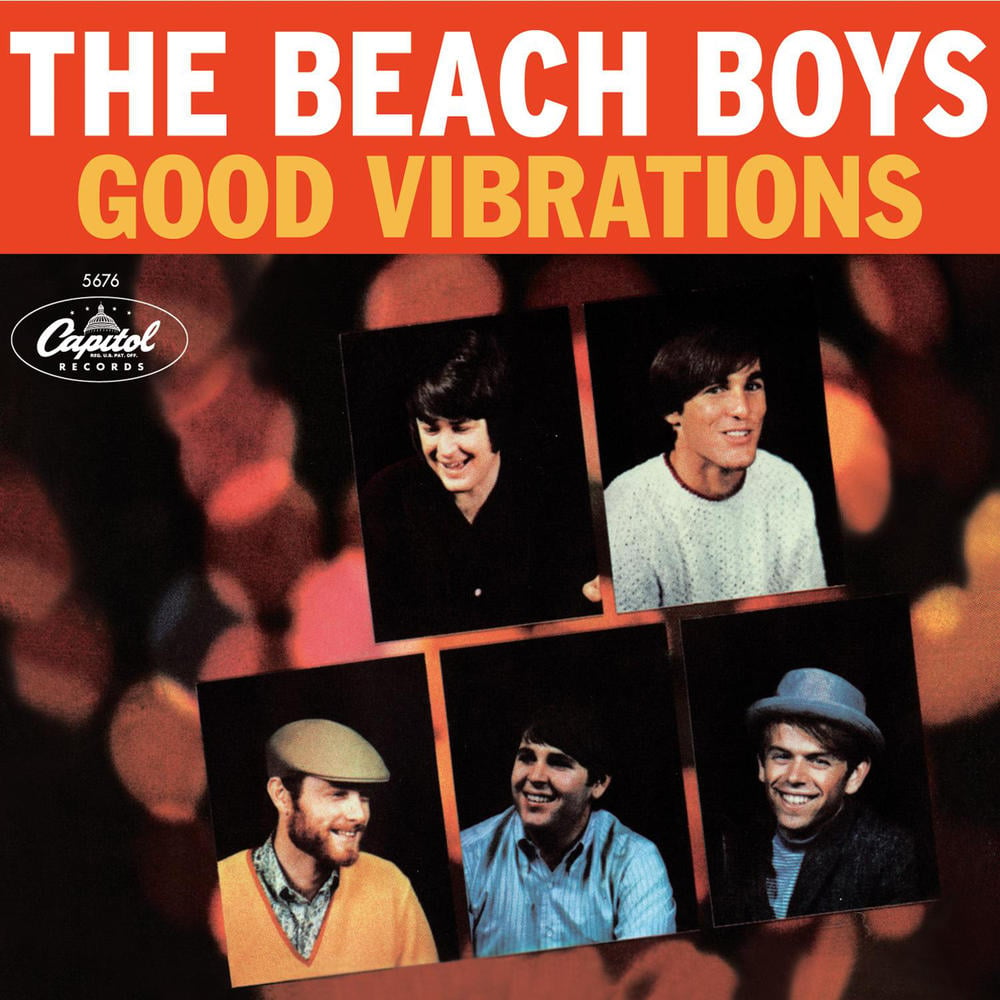Flyblues
New Head-Fier
- Joined
- Jan 21, 2012
- Posts
- 25
- Likes
- 38
Some dacs, like recent audio-gds or the top Gustards, redo the whole timing. Whether you use i2s or spdif makes no difference as far as the external clocking. You get the same significant benefits whatever the type of input.
From this post I revisited the I2S pin layout regarding the clock signal and I could not connect the dots regarding redoing the timing in the DAC.
This got me more curious and did some tests as follows:
1) When connecting my Clock to only my DDC I there was a instant improvement, but connecting only my DAC, (thus no external Clock connected to the DDC) I did not hear that same improvement when using the I2S connecting for input. However for other sources or using Roon over the A26 native bridge I did hear an improvement.
2) When connecting my Clock to the DDC and than adding the DAC did not give further improvement
To get a definitive answer what Clock the A26 uses when an external device is connected over I2S I have contacted Gustard with that question via email.
The exact question I asked:
"If I connect my U18 to my A26 over I2s, will the A26 use the clock from the U18 or reclock the input received internally in the A26 again?
Gustard was kind enough to respond and their answer was unambiguous: The A26 uses the U18's clock when connected over I2S.
I thought it was worth sharing and may be of value and can be in input in a clock selection decision.
Examples where it may help in purchasing decisions
-Most Cyber Shaft clocks have only one connection and this proposition becomes now much more attractive when using an input device, like a DDC or a Streamer to a DAC. In this scenario you do not need to purchase their clock distributor which saves you around $600 (but always can add it later on).
-Also in this scenario you will need only one connection cable and can concentrate funds on one higher-end cable instead of two lower quality ones that add up to the same purchase amount.
-Clocks that have a limited number of square wave connections. The Gustard C18 comes two mind, who has two square wave and two sine wave connections. Connection over square wave are preferred by many. When connecting over I2S you need one connection less so when you previously needed three connections, no it is two.



















